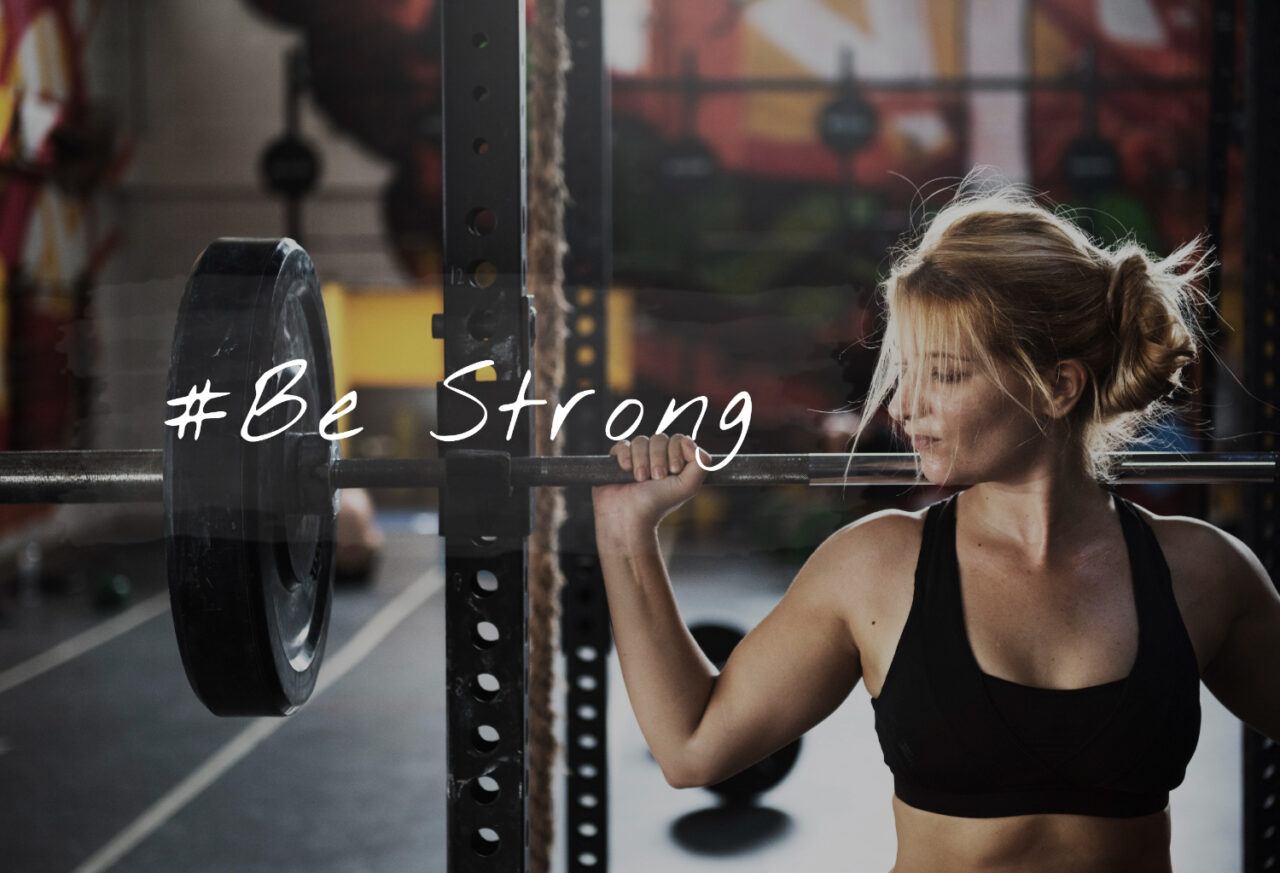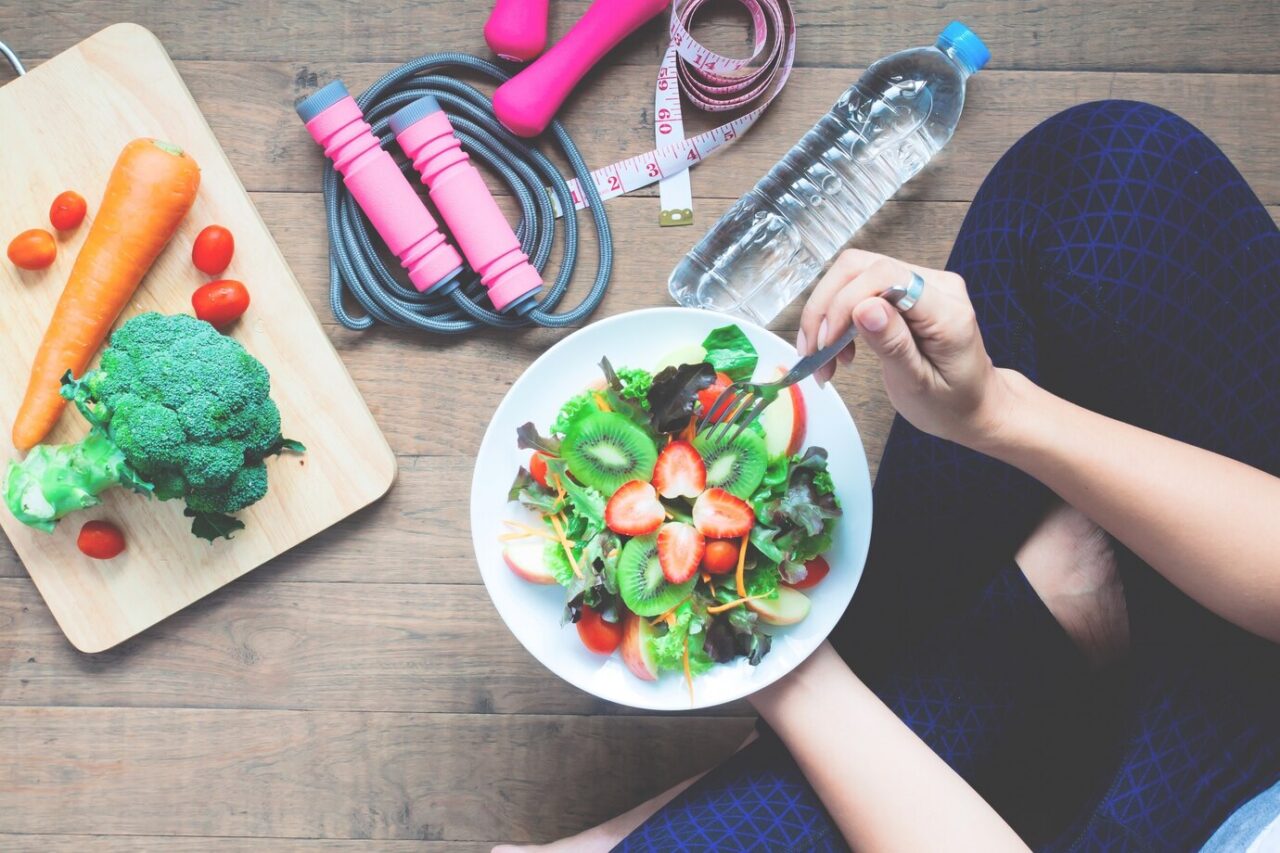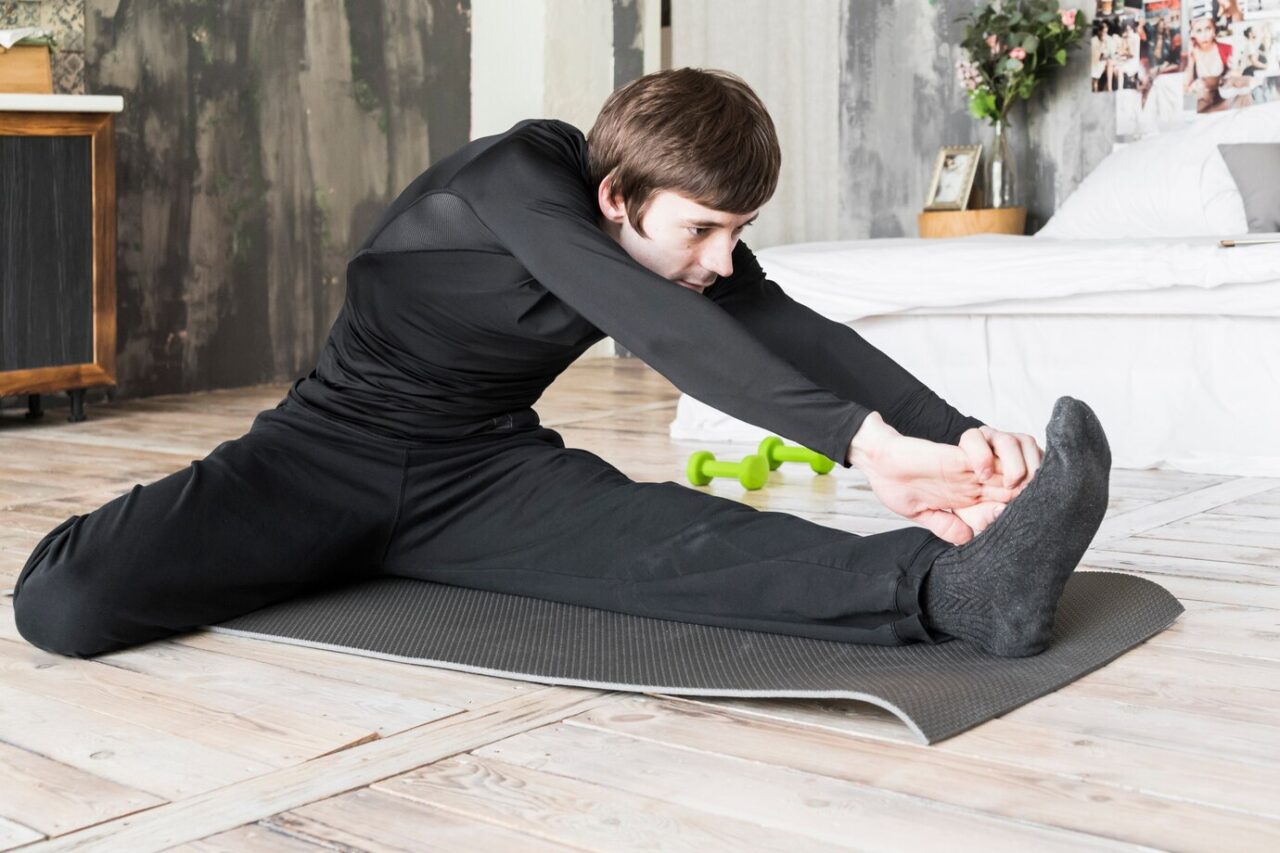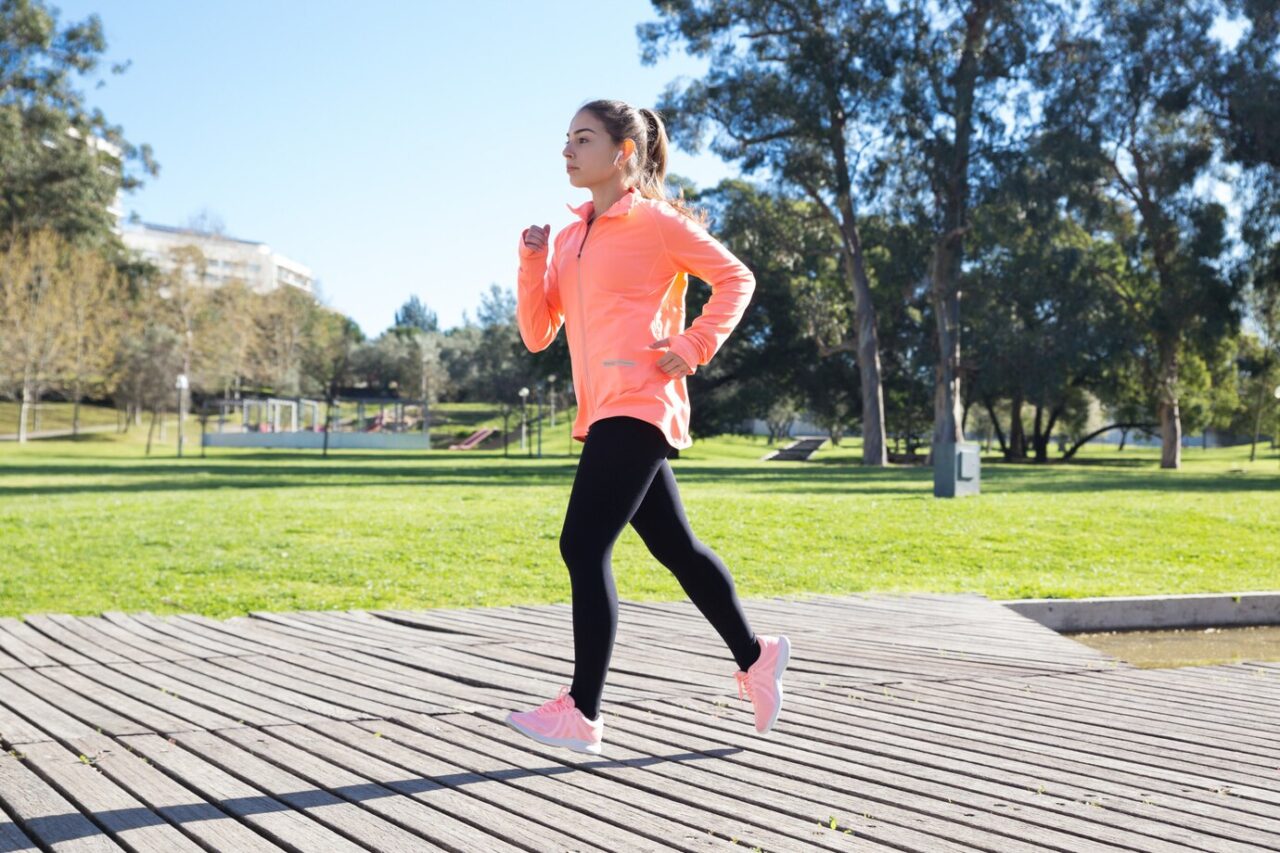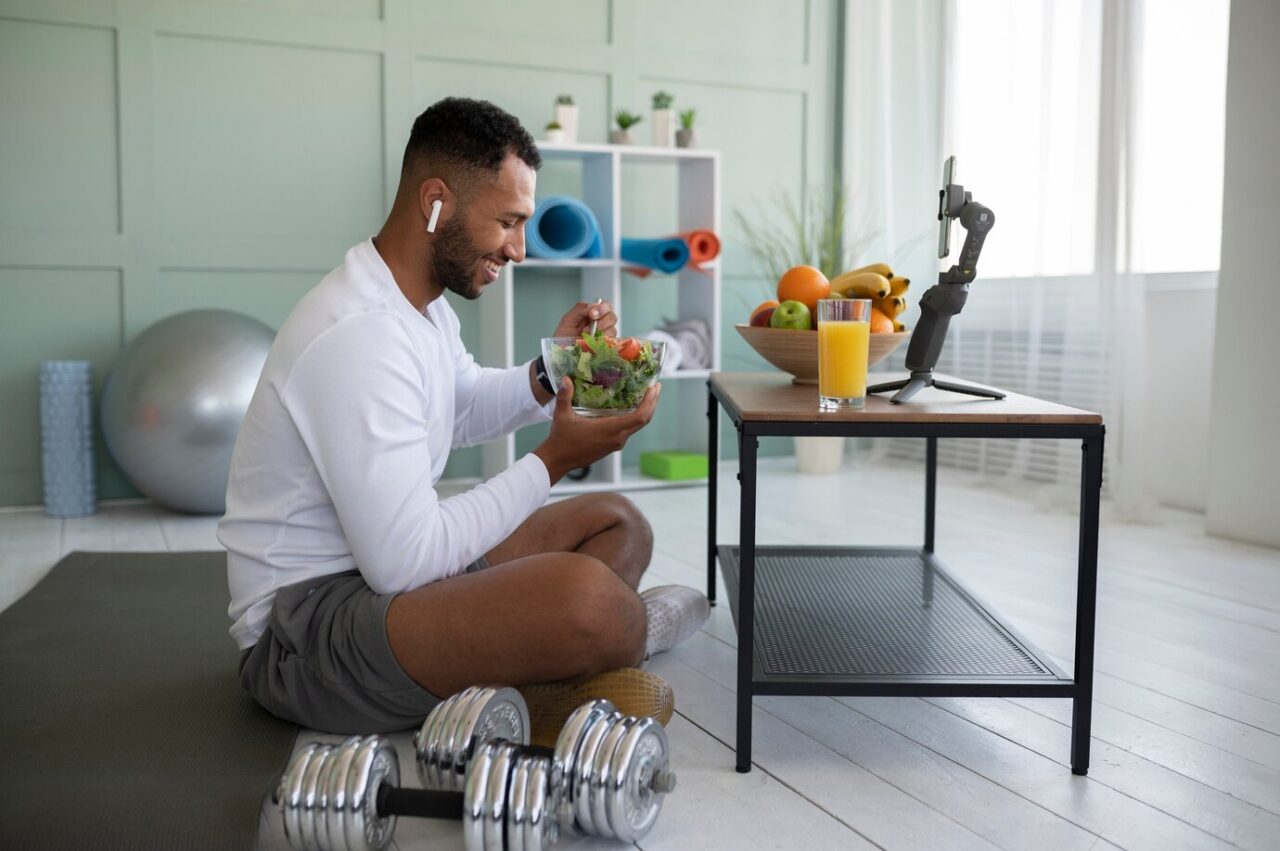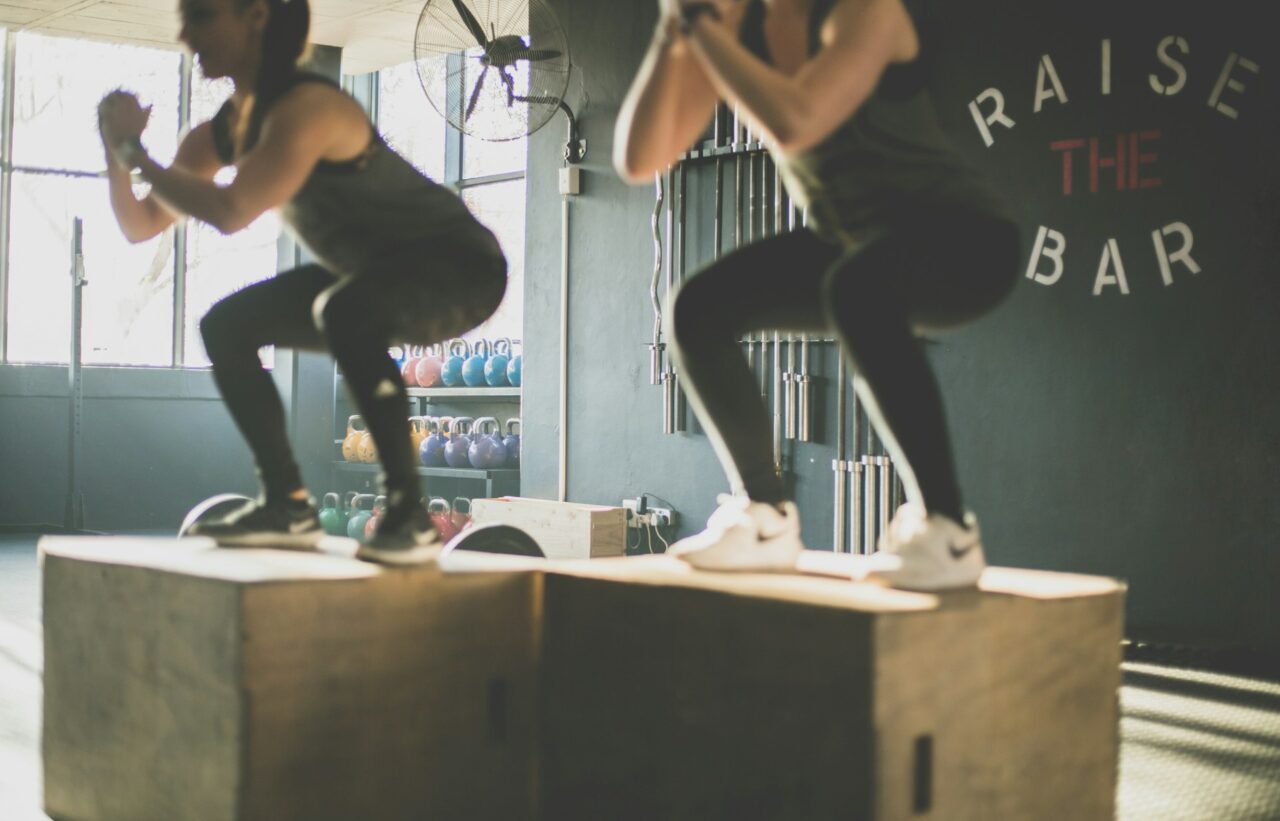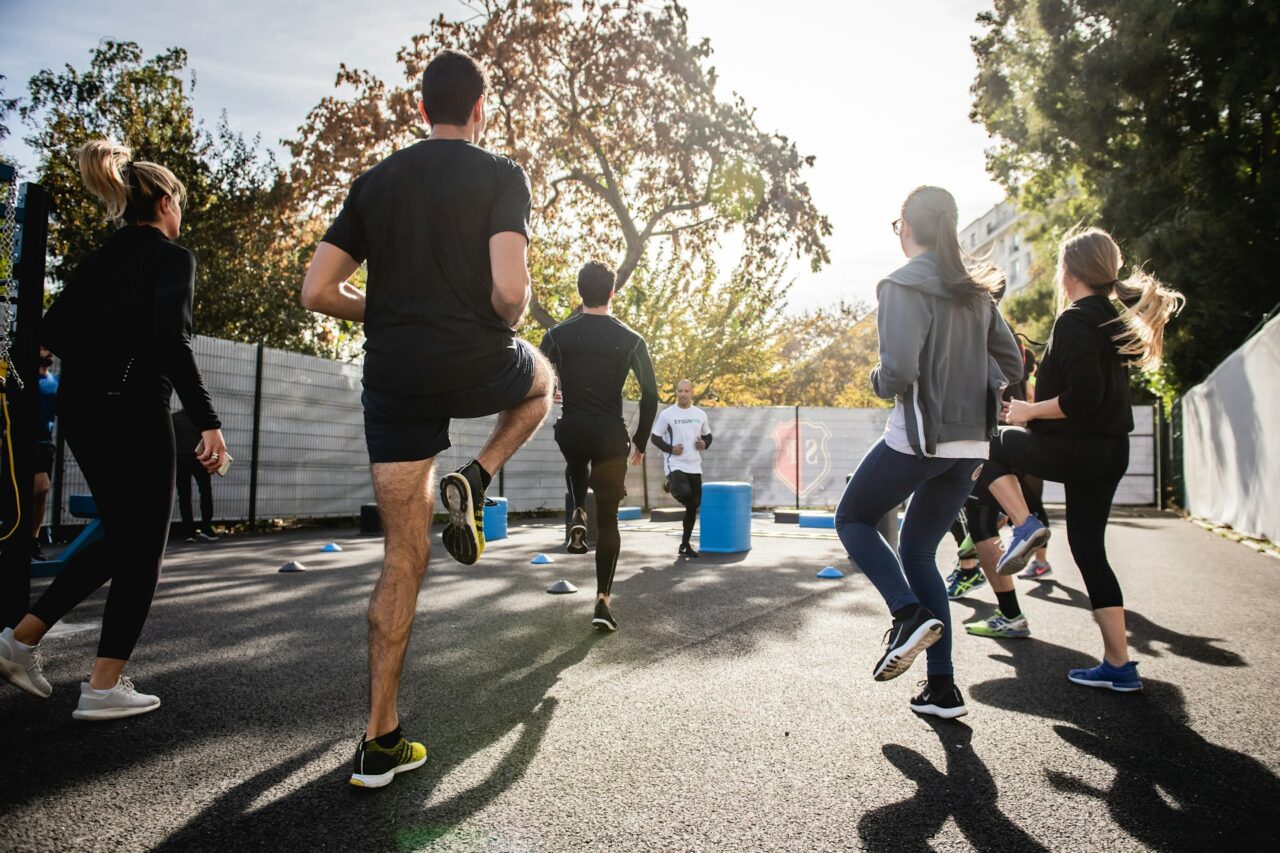Picking the right fitness membership plan can be tricky. With so many options, it’s important to know what type of gym access will best help you meet your fitness goals. Whether you want to lose weight, build muscle, or just stay healthy, choosing the right plan is the first step to success.
Everyone’s fitness journey is different. Some people need daily access to stay on track, while others might only need a weekly check-in. By knowing your goals and lifestyle, you can find a plan that works perfectly for you. This way, you won’t waste time or money on something that doesn’t fit your needs.
We’ll walk you through understanding your fitness goals, exploring different membership options, and choosing the right plan for you. Plus, you’ll learn how to get the most out of your membership. Let’s get started on the path to finding the perfect fitness plan that helps you achieve all your health goals.
Understand Your Fitness Goals
Setting clear fitness goals is key to choosing the right membership plan. Goals help you stay focused and motivated. They guide your workouts and track your progress. Knowing exactly what you want to achieve makes it easier to pick the right plan.
There are many types of fitness goals. Some people aim to lose weight. They might focus on cardio workouts. Others want to gain muscle. They need a plan that includes weight training. Some just want to stay healthy. They may look for a mix of activities to keep things interesting.
Matching your goals to a membership plan is important. If you want to lose weight, look for a plan that includes lots of cardio classes. If muscle gain is your goal, a plan with access to weight rooms is a must. For general health, find a flexible plan with various activities. This way, you can switch things up and stay engaged.
Types of Membership Plans Available
There are several types of membership plans to choose from. Daily plans let you pay per visit. These are good for people with irregular schedules or who want to try the gym before committing. Weekly plans offer more access but still keep things flexible.
Monthly plans are a popular choice. They provide a balance between commitment and flexibility. You get regular access without a long-term contract. Yearly plans are for those who are serious about their fitness goals. They usually come with a discount compared to paying monthly.
Each type of plan has its pros and cons. Short-term plans like daily or weekly can be more expensive per visit but offer flexibility. Long-term plans like monthly or yearly are cost-effective but require a bigger commitment. Consider your budget and how often you plan to go to the gym when making your choice.
Flexibility is another factor. Some plans allow you to pause or cancel without a fee. Others might lock you in for a specific term. Make sure to read the fine print. Flexible plans are great if your schedule changes often. Less flexible plans might be cheaper but harder to change. Pick the plan that fits your lifestyle best.
Choosing the Right Plan for You
Selecting the right plan starts with a personal assessment. Think about your budget, your schedule, and how committed you are to your fitness goals. If money is tight, a short-term plan might work for you. If you have a consistent schedule, a longer plan could be more cost-effective.
Personal training sessions can also be very helpful. A trainer can guide you through your workouts, helping you achieve your goals faster. They can offer personalized advice and keep you motivated. If you’re new to the gym, consider a plan that includes a few training sessions.
Evaluating if a plan matches your goals and lifestyle is essential. If you know you can only go to the gym twice a week, a daily plan might not make sense. Consider how often you’ll realistically go and what facilities you’ll use. Make sure the plan you choose aligns with both your goals and your daily life.
Making the Most Out of Your Membership
Staying motivated and consistent can be challenging. Set small, achievable goals and track your progress. Celebrate your victories, no matter how small. Create a workout schedule and stick to it to build a routine.
Use all the resources and amenities your gym offers. Explore different classes and equipment to keep things interesting. Don’t be afraid to try something new. This variety can make your workouts more enjoyable and help you stay committed.
As your fitness goals change, you might need to adjust your plan. Maybe you started with a focus on cardio and now want to add weight training. Or perhaps your schedule has changed. Review your goals regularly and adjust your plan as needed. This flexibility will help you stay on track and continue making progress.
Conclusion
Choosing the right membership plan at our gym in Quincy is crucial for achieving your fitness goals. Whether you are looking to lose weight, build muscle, or maintain a healthy lifestyle, there is a plan that will fit your needs. By understanding your goals, exploring different membership options, and evaluating what works best for you, you can make a smart choice.
Remember, staying motivated and using all the resources available at the gym will help you get the most out of your membership. Adjust your plan as your goals evolve, and keep pushing yourself. There is a perfect plan out there for everyone.
Ready to find the perfect plan for your fitness journey? Contact Quincy Athletic Club today to explore our membership options and take the first step toward your goals!

